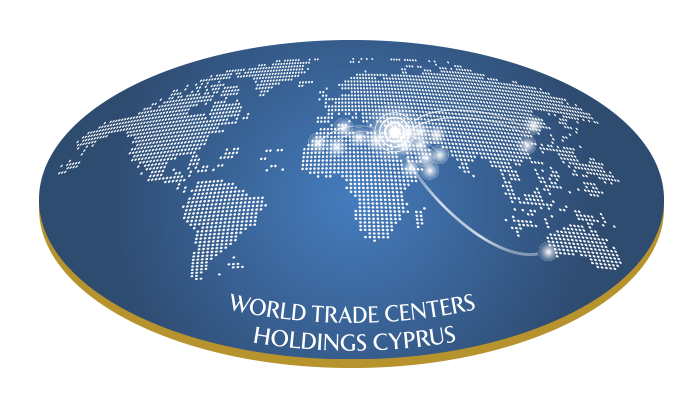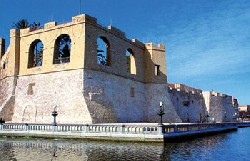
 WORLD TRADE CENTER BENGHAZI
Location: Libya Libya, a mostly desert and oil-rich country on the southern shores of the Mediterranean Sea has an ancient history. Libya is the third largest country in Africa by area. A former Roman colony, Libya saw invasions by Vandals, Byzantines, Arabs, Turks and more recently Italians before gaining independence in 1951. Oil was discovered in 1959 and made the state, then a kingdom ruled by the head of the Senussi sufi order, very wealthy. Full name: Libya The Libyan economy depends primarily upon revenue from hydrocarbons, which contribute roughly 95% of its export earnings, 65% of GDP, and 80% of government revenue. Substantial revenue from the energy sector coupled with a small population gives Libya one of the highest per capita GDPs in Africa. GDP: $39.39 billion (2015 est.) GDP by Sector: Agriculture: 1.9%, industry: 43.2%, services: 54.9% (2016 est.) Exports: $10.65 billion (2016 est.) Main Exports: Crude oil, refined petroleum products, natural gas, chemicals Imports: $9.551 billion (2016 est.) Main Imports: Machinery, semi-finished goods, food, transport equipment, consumer products World Trade Centers Holdings Cyprus holds the license for Benghazi, which is the second largest city in Libya, the main city of the Cyrenaica region and the former provisional capital of the National Transitional Council. Benghazi is located in the North-eastern region of Libya and has a Mediterranean climate with warm dry summers and mild wet winters. The history of Benghazi dates back to the 6th century BC when the ancient Greeks first settled there. The city was known in historical times as Barca. The city is home to plenty of historical relics and specimens. It is the principal city of Eastern Libya and is one of Libya’s major economic centres as the city has an important port as well as an industrial and commercial centre. |



